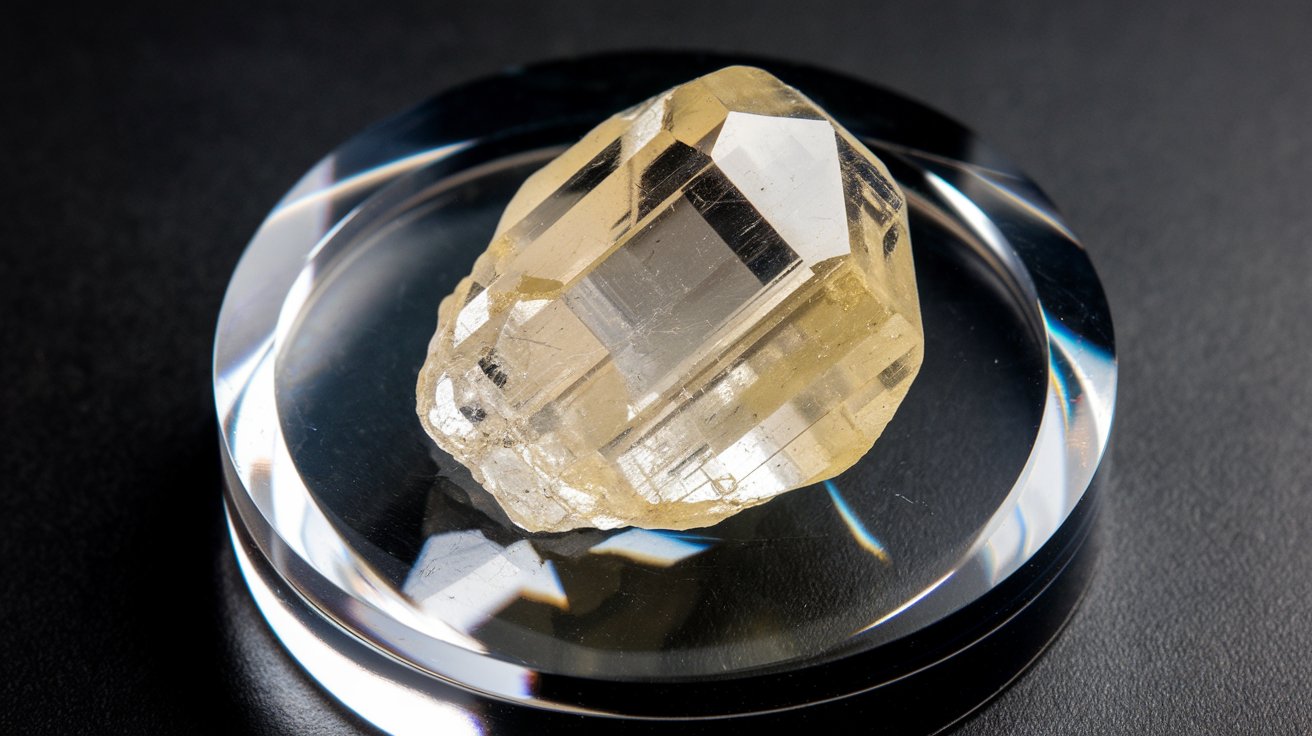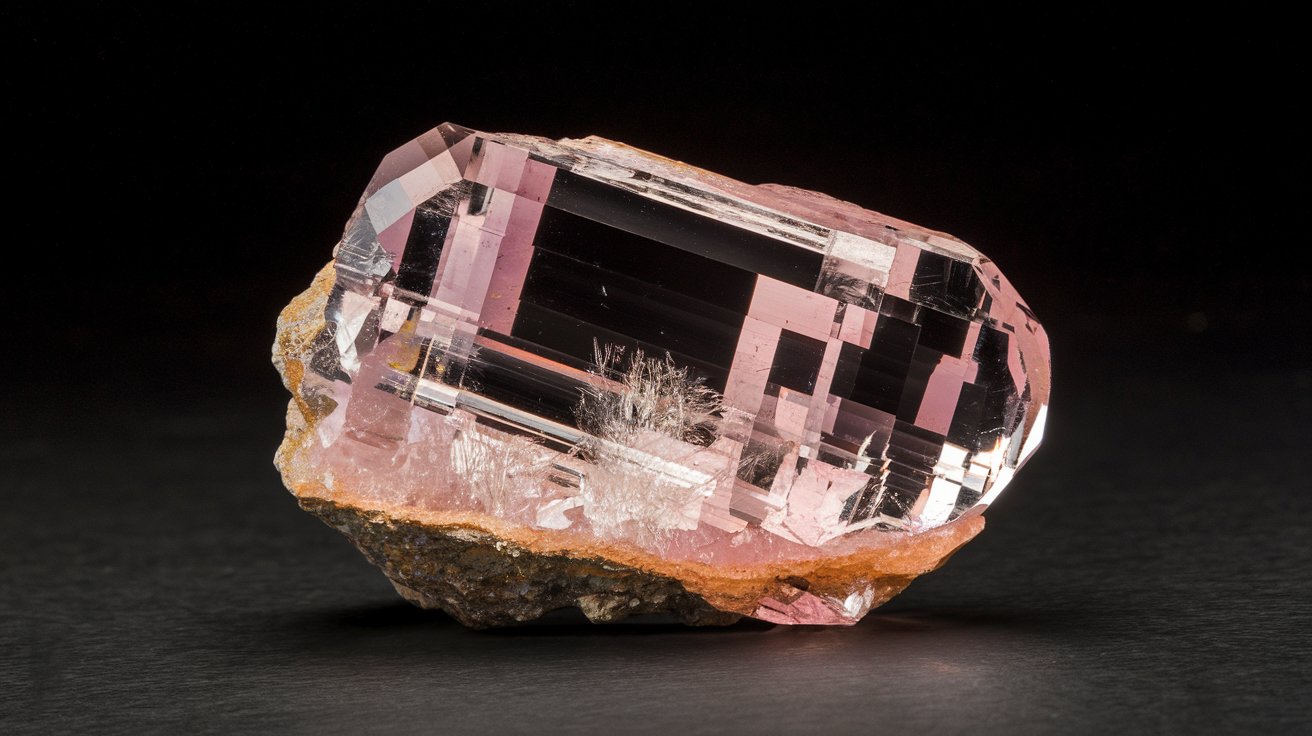
Hair analysis in alternative medicine is a fascinating topic that often sparks curiosity. This method involves examining hair samples to detect mineral imbalances, toxins, and other health indicators. But does it work? Some practitioners swear by it, claiming it provides insights into nutritional deficiencies and exposure to harmful substances. Critics argue that the science behind it is shaky and results can be inconsistent. So, what's the truth? This post dives into 25 intriguing facts about hair analysis, shedding light on its uses, benefits, and controversies. Whether you're a skeptic or a believer, you'll find something to ponder.
Key Takeaways:
- Hair analysis is a non-invasive method that examines hair samples to detect nutritional deficiencies and heavy metal exposure. It can provide insights into a person's health and help create personalized health plans.
- Despite controversies, hair analysis has practical applications in forensic science, environmental studies, sports medicine, and occupational health. It is used to monitor health, study environmental exposure, and guide holistic treatment plans.
What is Hair Analysis?
Hair analysis, also known as hair mineral analysis, is a method used in alternative medicine to assess a person's health. By examining hair samples, practitioners claim to detect nutritional deficiencies, heavy metal exposure, and other health issues. Let's dive into some intriguing facts about this practice.
-
Historical Roots: Hair analysis has been around since the early 20th century. Initially, it was used to detect heavy metal poisoning.
-
Non-Invasive: Unlike blood tests, hair analysis is non-invasive. A small sample of hair is all that's needed.
-
Mineral Detection: This method can detect over 20 different minerals in the body, including calcium, magnesium, and zinc.
-
Heavy Metals: Hair analysis can reveal exposure to toxic heavy metals like lead, mercury, and arsenic.
-
Long-Term Exposure: Hair can show long-term exposure to substances, unlike blood tests that reflect recent exposure.
How Hair Analysis Works
Understanding how hair analysis works can shed light on its potential benefits and limitations. Here's a closer look at the process.
-
Sample Collection: A small sample of hair, usually from the back of the head, is collected for analysis.
-
Laboratory Testing: The hair sample is sent to a lab where it's washed, dried, and then dissolved in acid to release the minerals.
-
Spectrometry: The dissolved sample is analyzed using spectrometry, a technique that measures the concentration of minerals and metals.
-
Report Generation: Results are compiled into a report that highlights the levels of various minerals and metals in the hair.
-
Interpreting Results: Practitioners interpret the results to identify potential health issues or nutritional imbalances.
Benefits of Hair Analysis
Proponents of hair analysis believe it offers several benefits. Here are some reasons why people turn to this method.
-
Nutritional Insights: Hair analysis can provide insights into a person's nutritional status, helping to identify deficiencies.
-
Toxin Detection: It can detect the presence of harmful toxins and heavy metals in the body.
-
Chronic Conditions: Some believe it can help in managing chronic conditions by identifying underlying mineral imbalances.
-
Personalized Health Plans: Results from hair analysis can be used to create personalized health and nutrition plans.
-
Early Detection: It may help in the early detection of potential health issues before they become serious.
Controversies and Criticisms
Despite its popularity, hair analysis is not without controversy. Critics raise several concerns about its validity and reliability.
-
Lack of Standardization: There is no standard procedure for hair analysis, leading to inconsistent results.
-
Scientific Skepticism: Many in the scientific community question the accuracy and reliability of hair analysis.
-
Variable Results: Results can vary significantly between different labs, making it hard to draw definitive conclusions.
-
Limited Regulation: The field is not well-regulated, which can lead to questionable practices and interpretations.
-
Misinterpretation Risks: Incorrect interpretation of results can lead to unnecessary treatments or dietary changes.
Practical Applications
Despite the controversies, hair analysis has found practical applications in various fields. Here are some ways it's being used.
-
Forensic Science: Hair analysis is used in forensic science to detect drug use and poisoning.
-
Environmental Studies: It helps in studying environmental exposure to pollutants and toxins.
-
Sports Medicine: Athletes use hair analysis to monitor their nutritional status and optimize performance.
-
Occupational Health: Workers in industries with high exposure to toxins use hair analysis to monitor their health.
-
Alternative Therapies: Practitioners of alternative medicine use hair analysis to guide holistic treatment plans.
Final Thoughts on Hair Analysis
Hair analysis offers a unique glimpse into one's health. By examining hair, experts can detect mineral imbalances, toxic metals, and nutritional deficiencies. This method, though not mainstream, has gained traction in alternative medicine circles. It's non-invasive, making it an attractive option for those wary of needles or blood tests.
However, it's crucial to approach hair analysis with a balanced view. While it provides valuable insights, it shouldn't replace traditional medical tests. Combining hair analysis with other diagnostic tools can give a more comprehensive health picture.
For those curious about their body's inner workings, hair analysis can be a fascinating tool. Just remember, always consult with a healthcare professional before making any significant health decisions based on hair analysis results. This ensures you're getting the best advice tailored to your needs.
Frequently Asked Questions
Was this page helpful?
Our commitment to delivering trustworthy and engaging content is at the heart of what we do. Each fact on our site is contributed by real users like you, bringing a wealth of diverse insights and information. To ensure the highest standards of accuracy and reliability, our dedicated editors meticulously review each submission. This process guarantees that the facts we share are not only fascinating but also credible. Trust in our commitment to quality and authenticity as you explore and learn with us.


